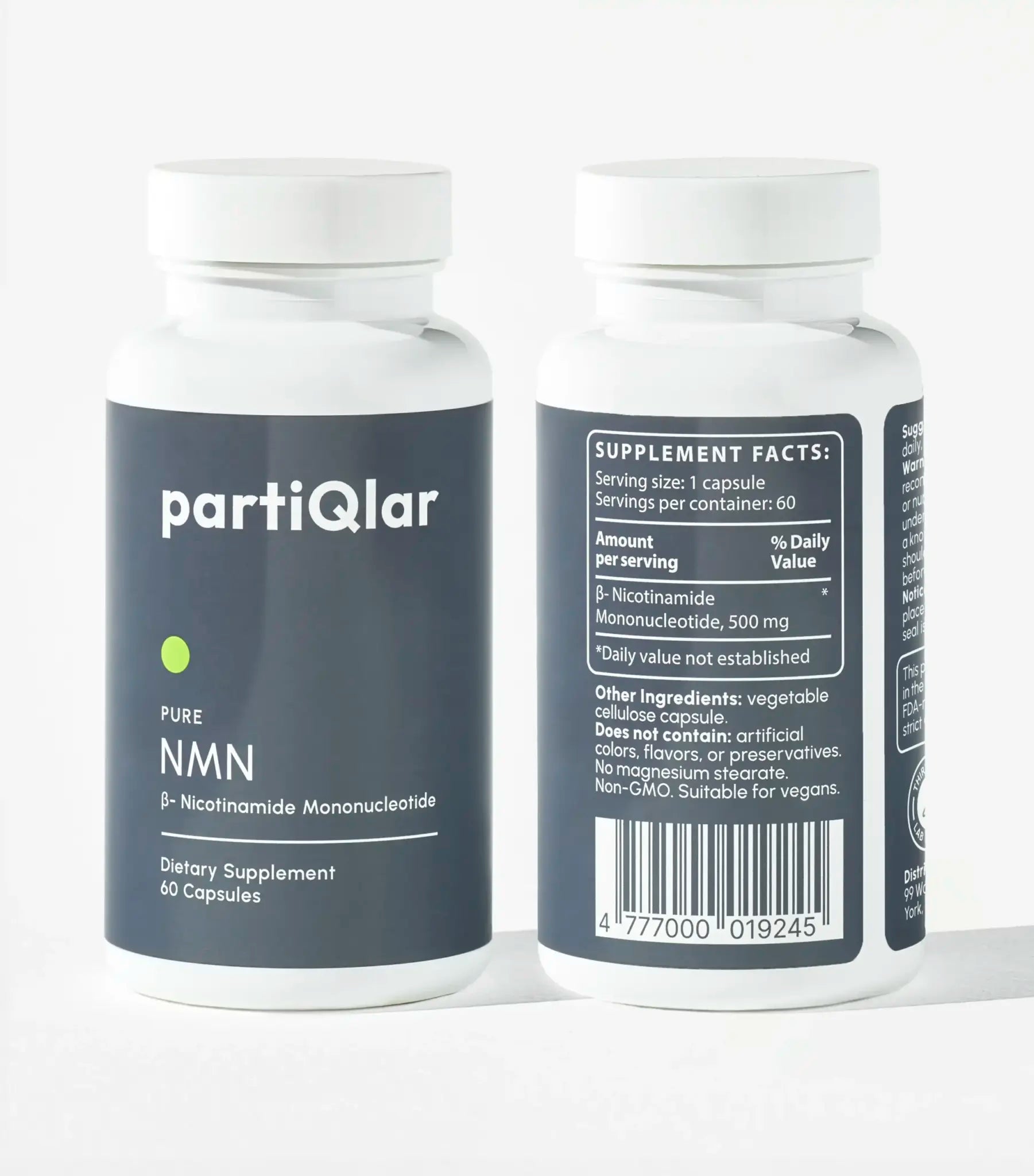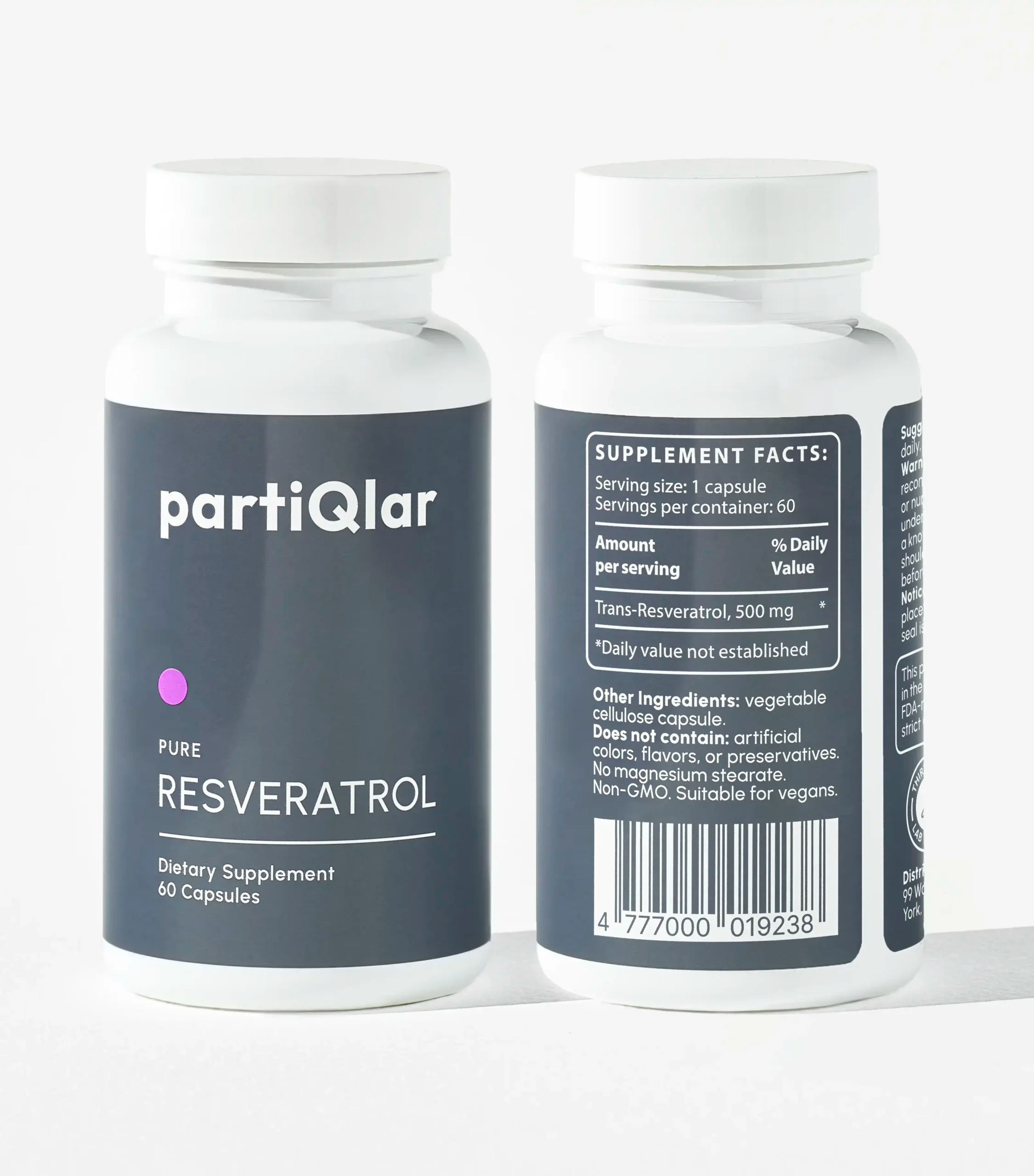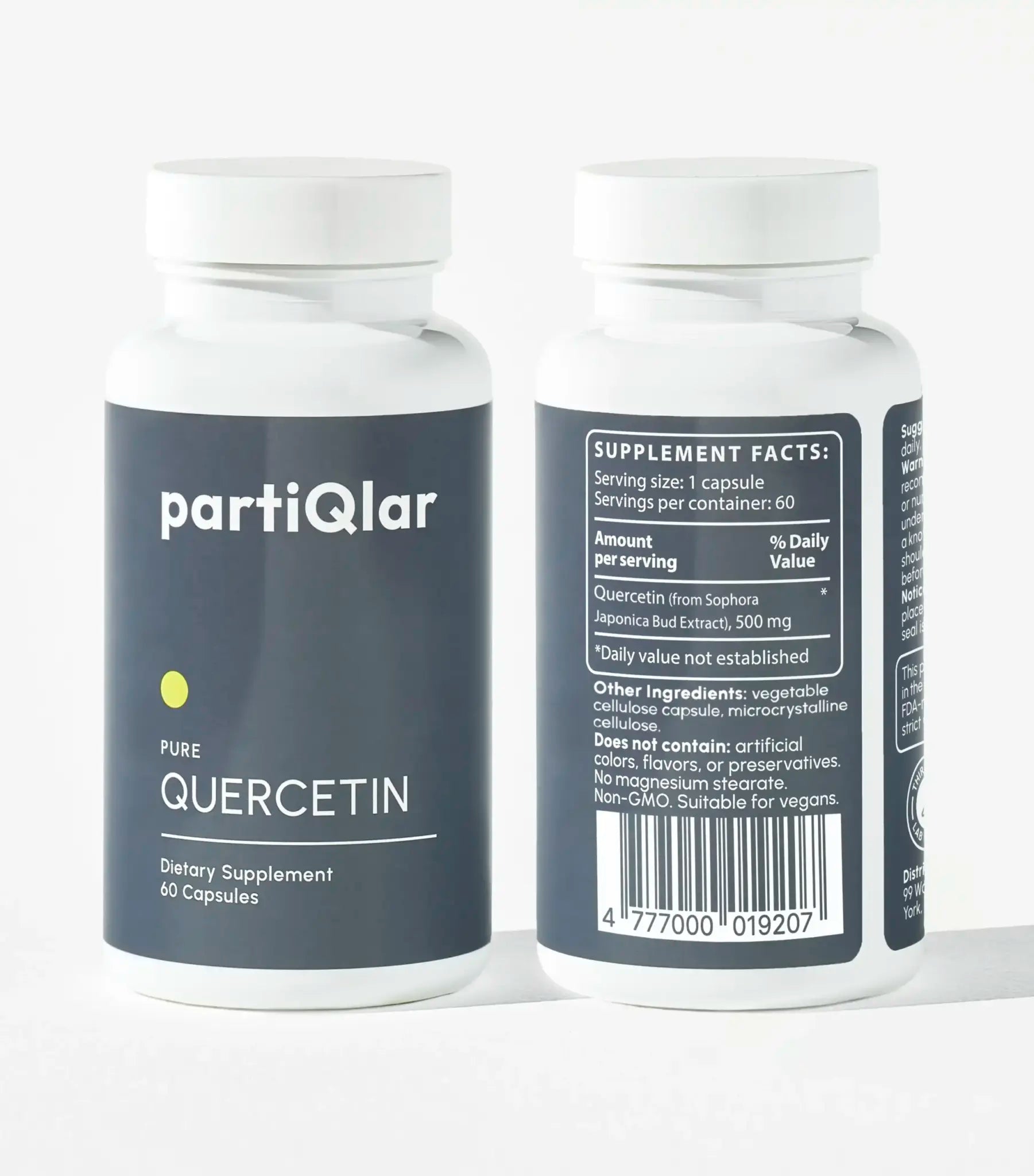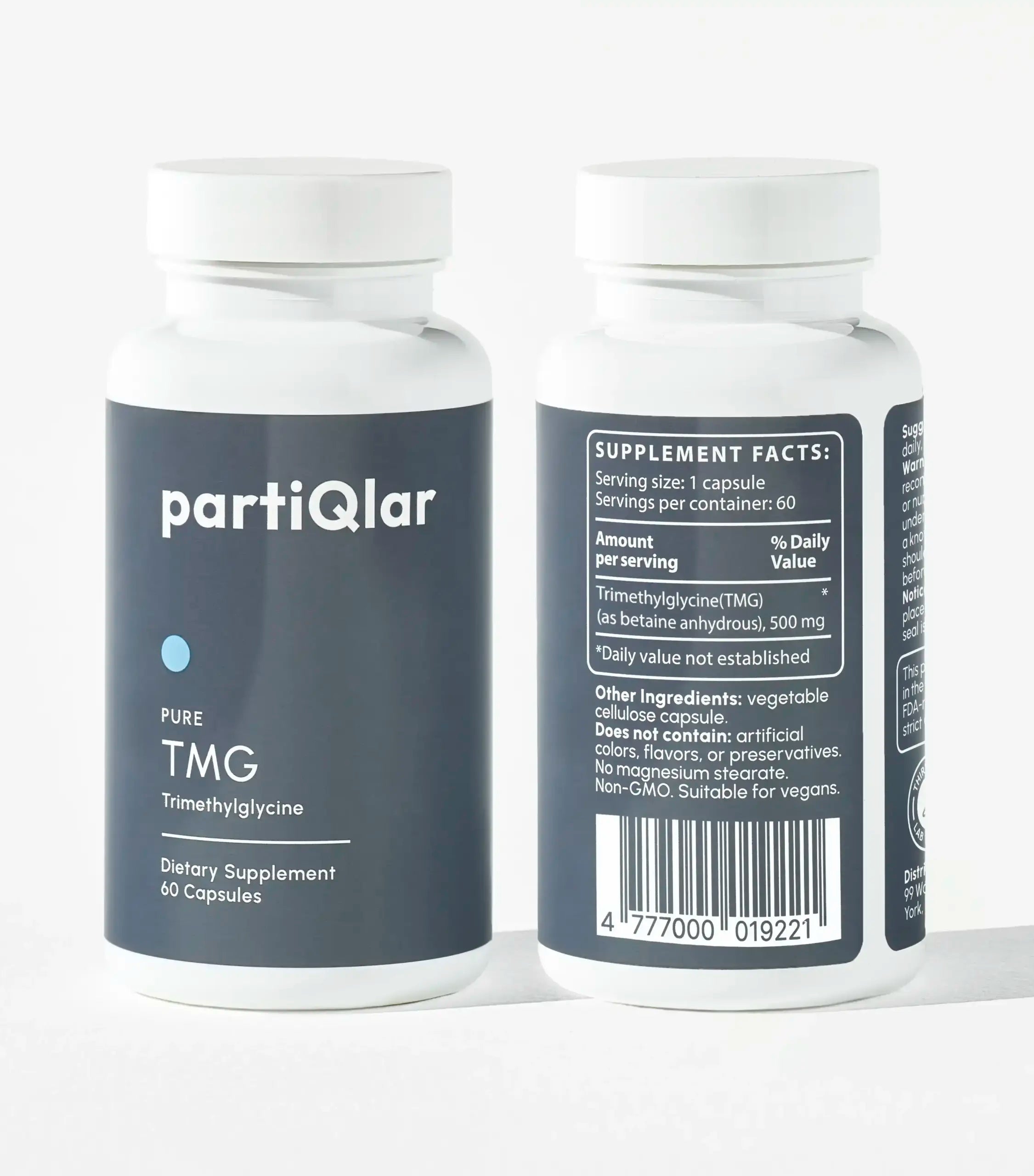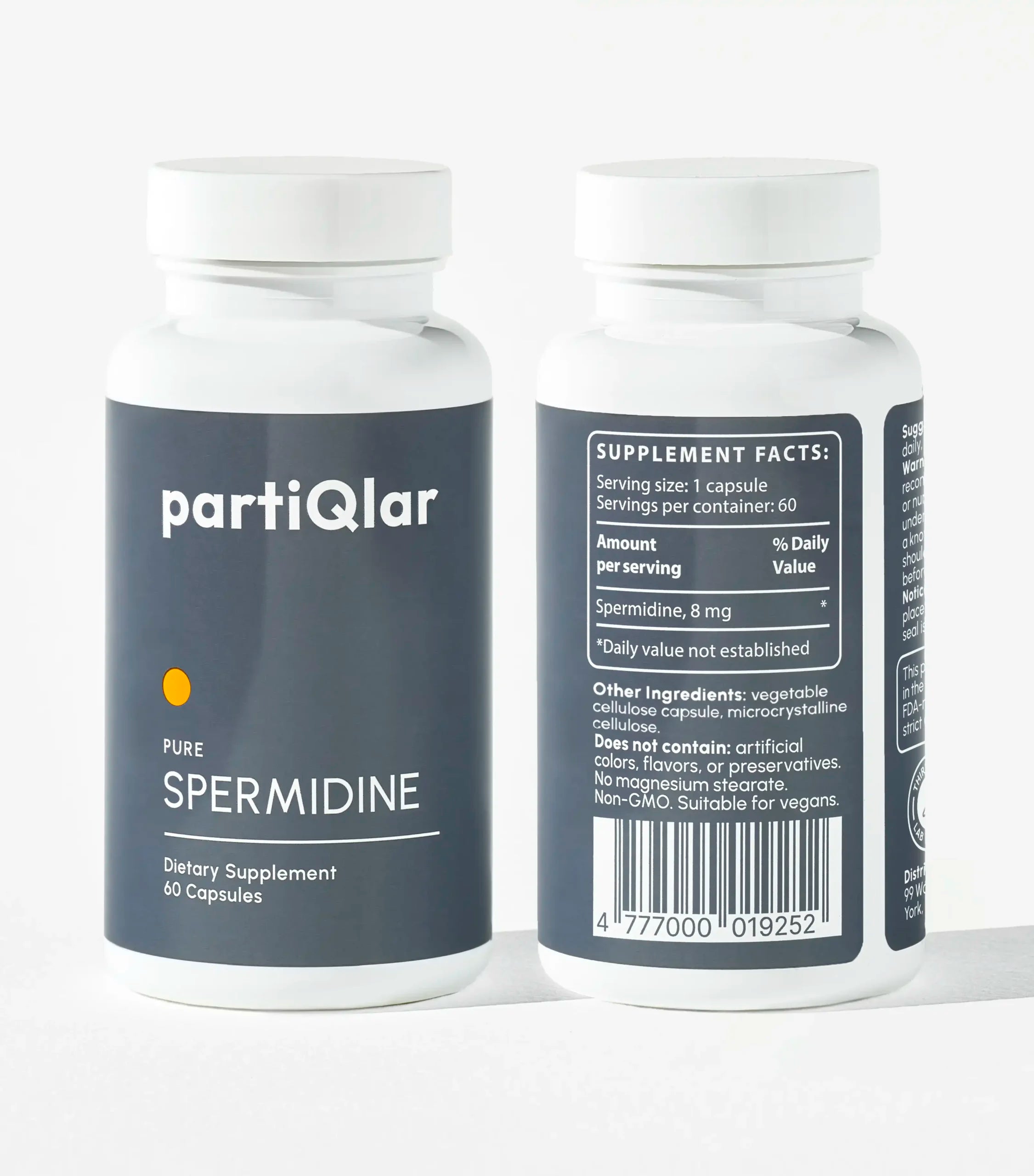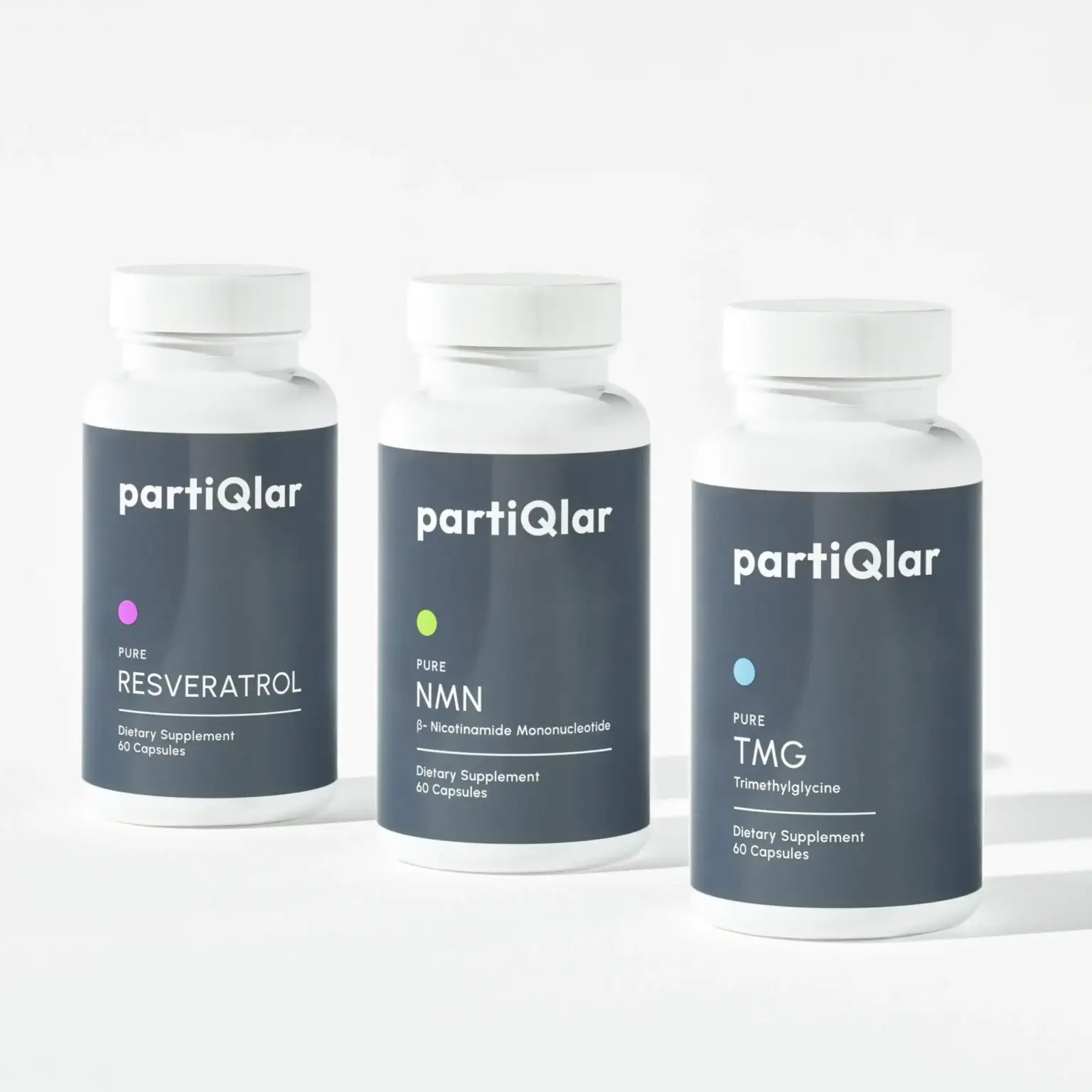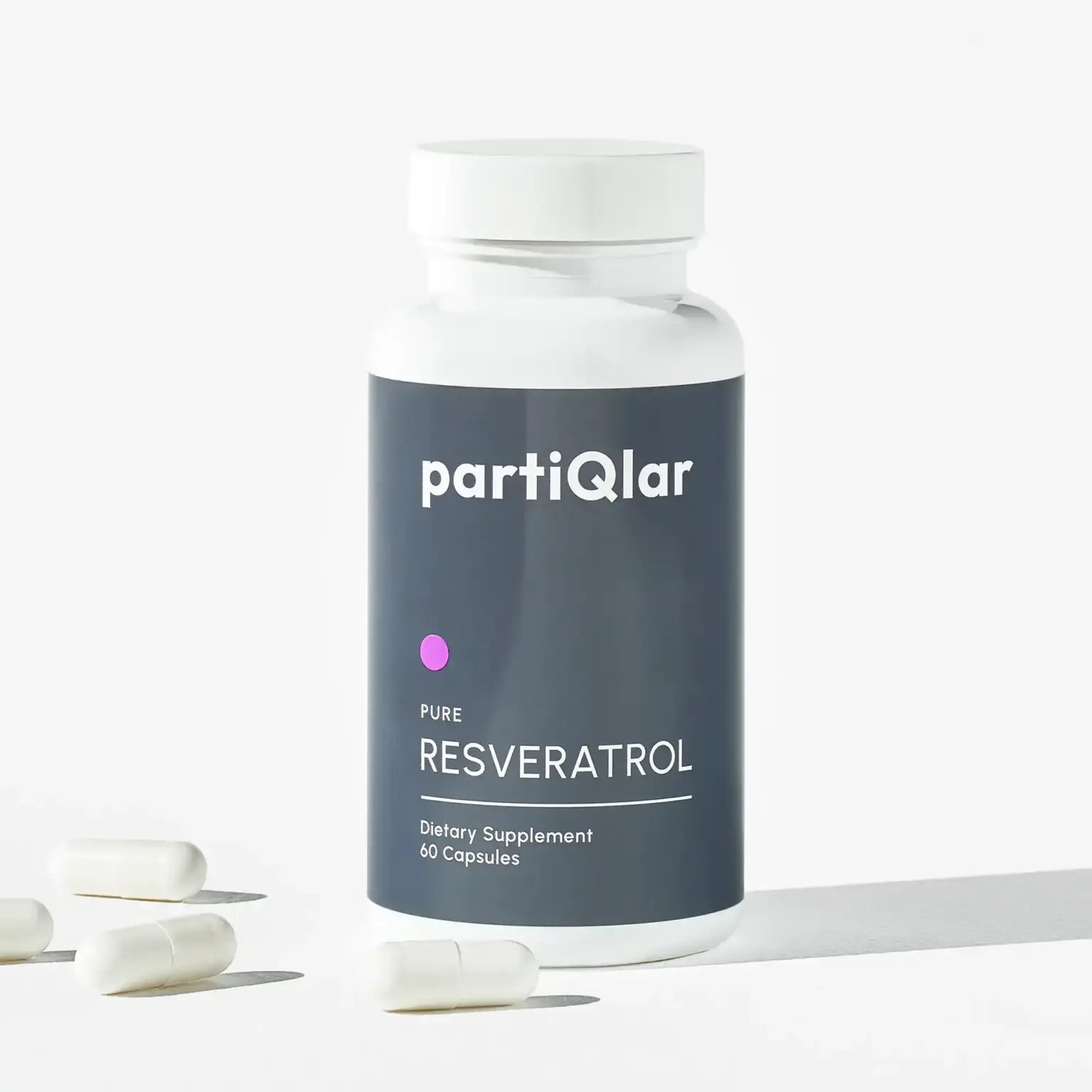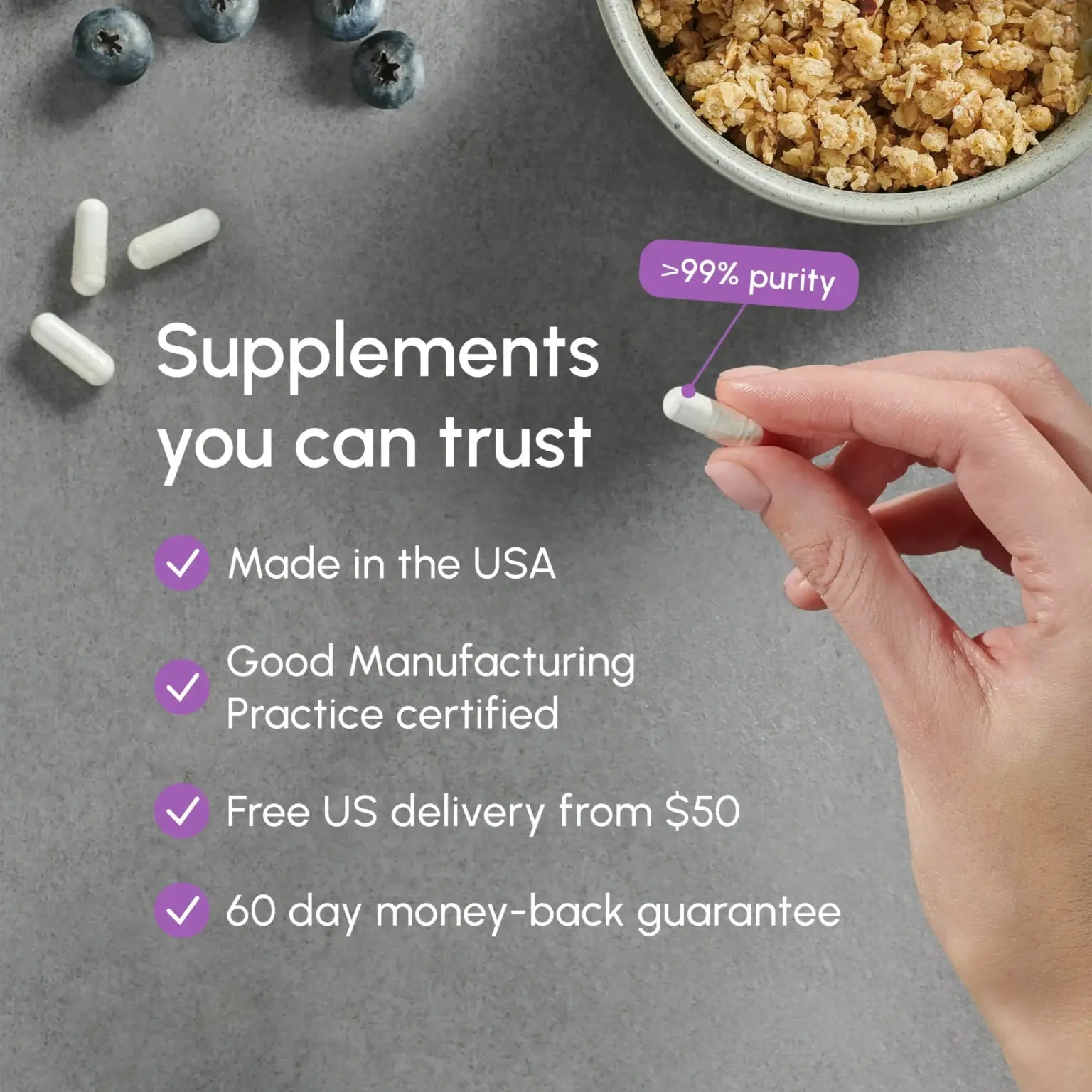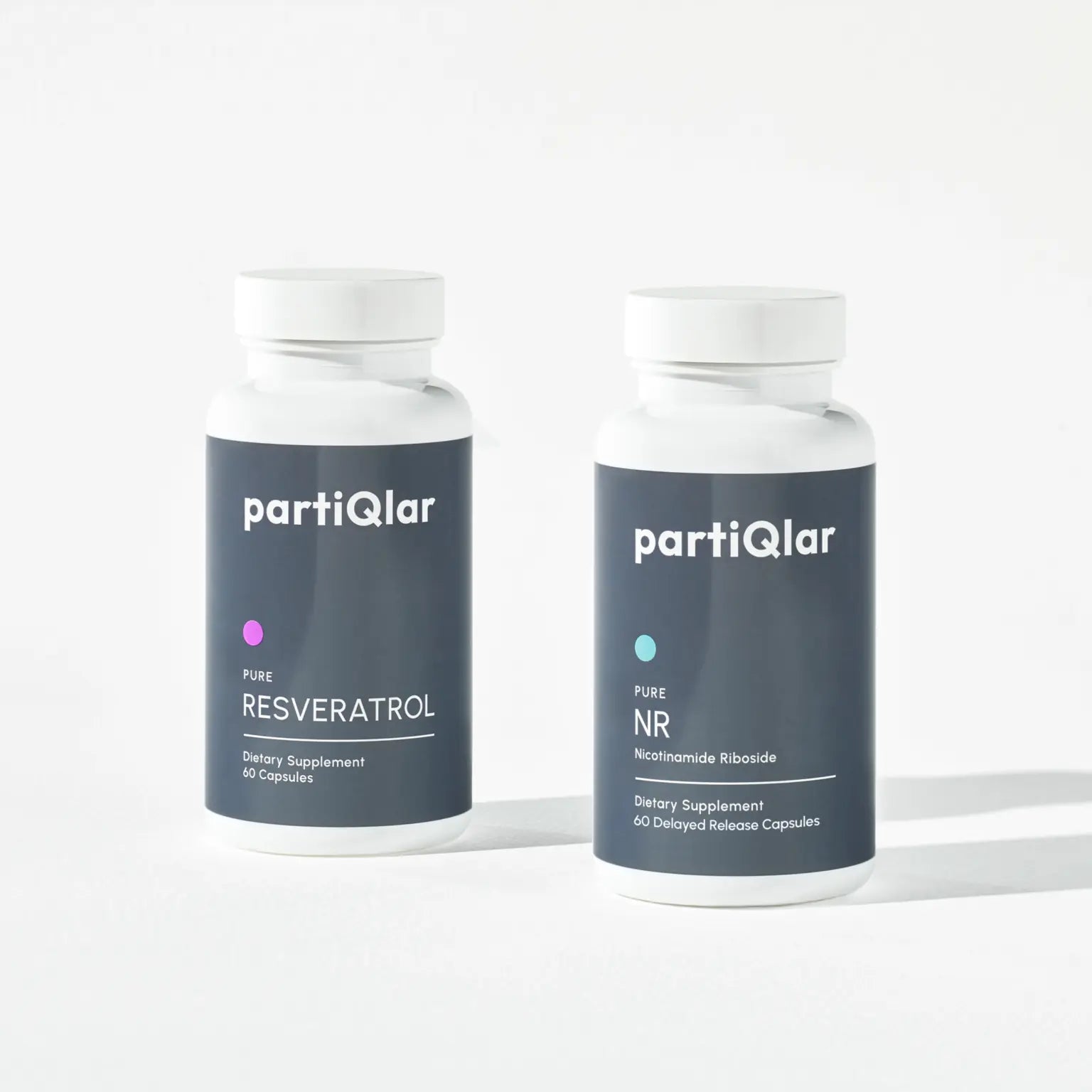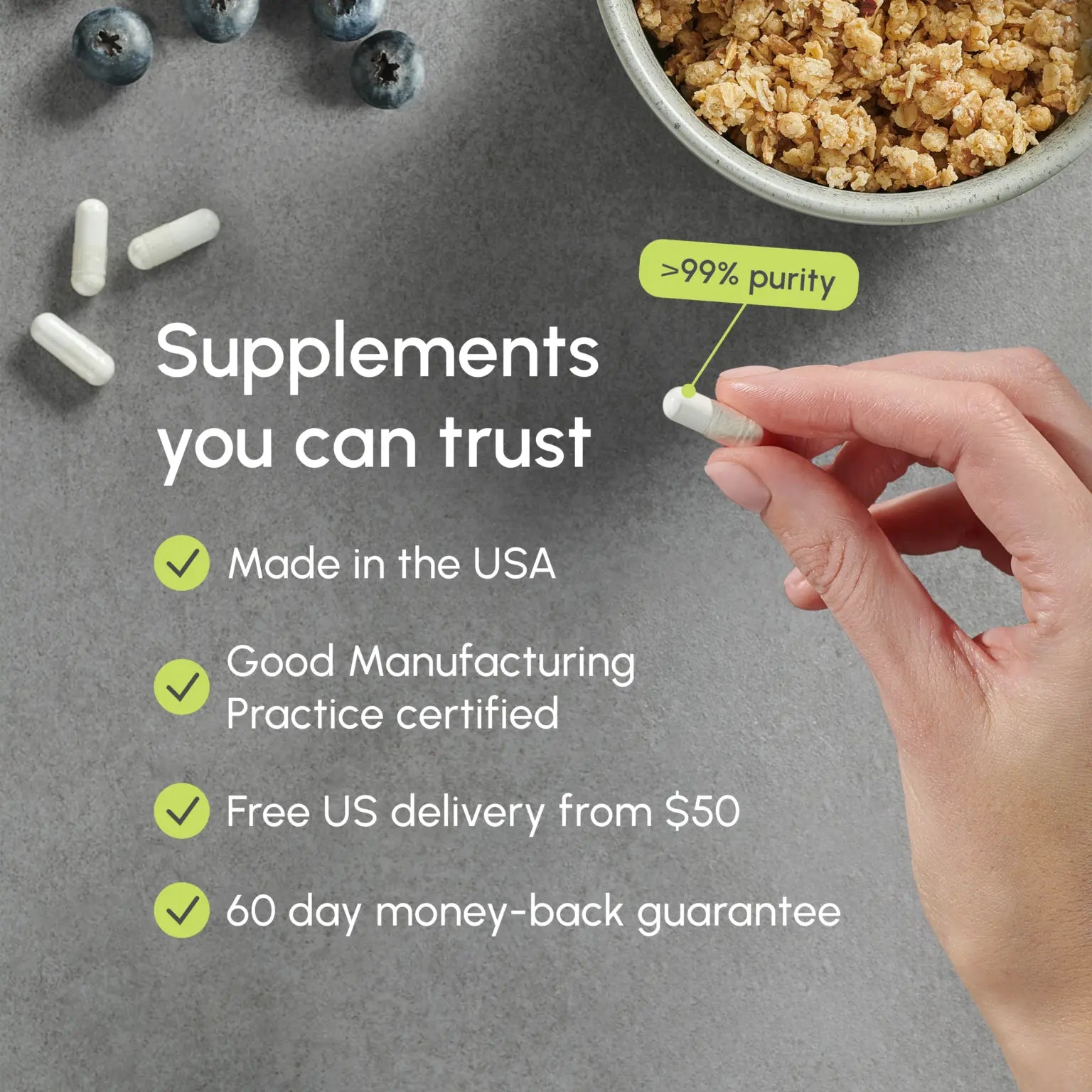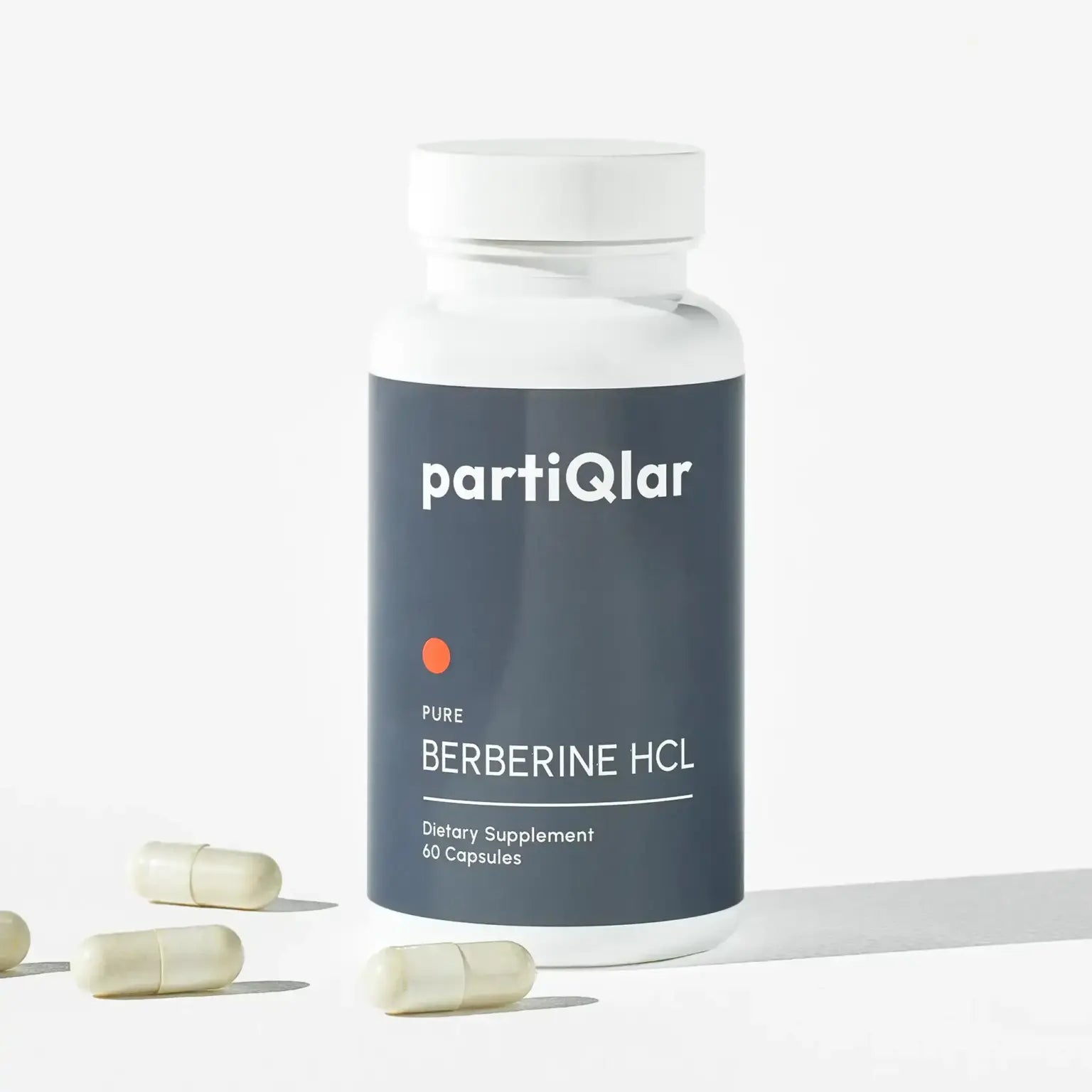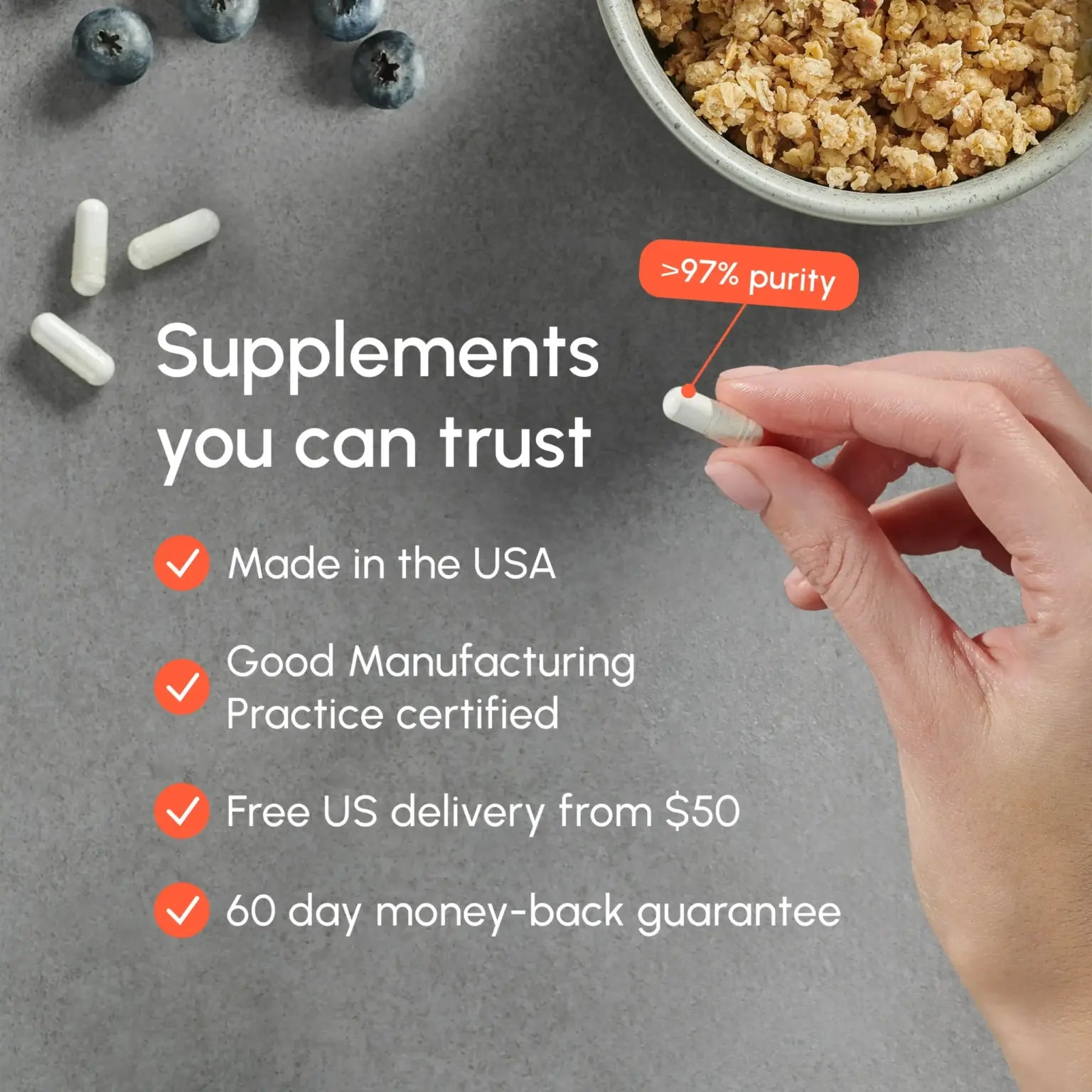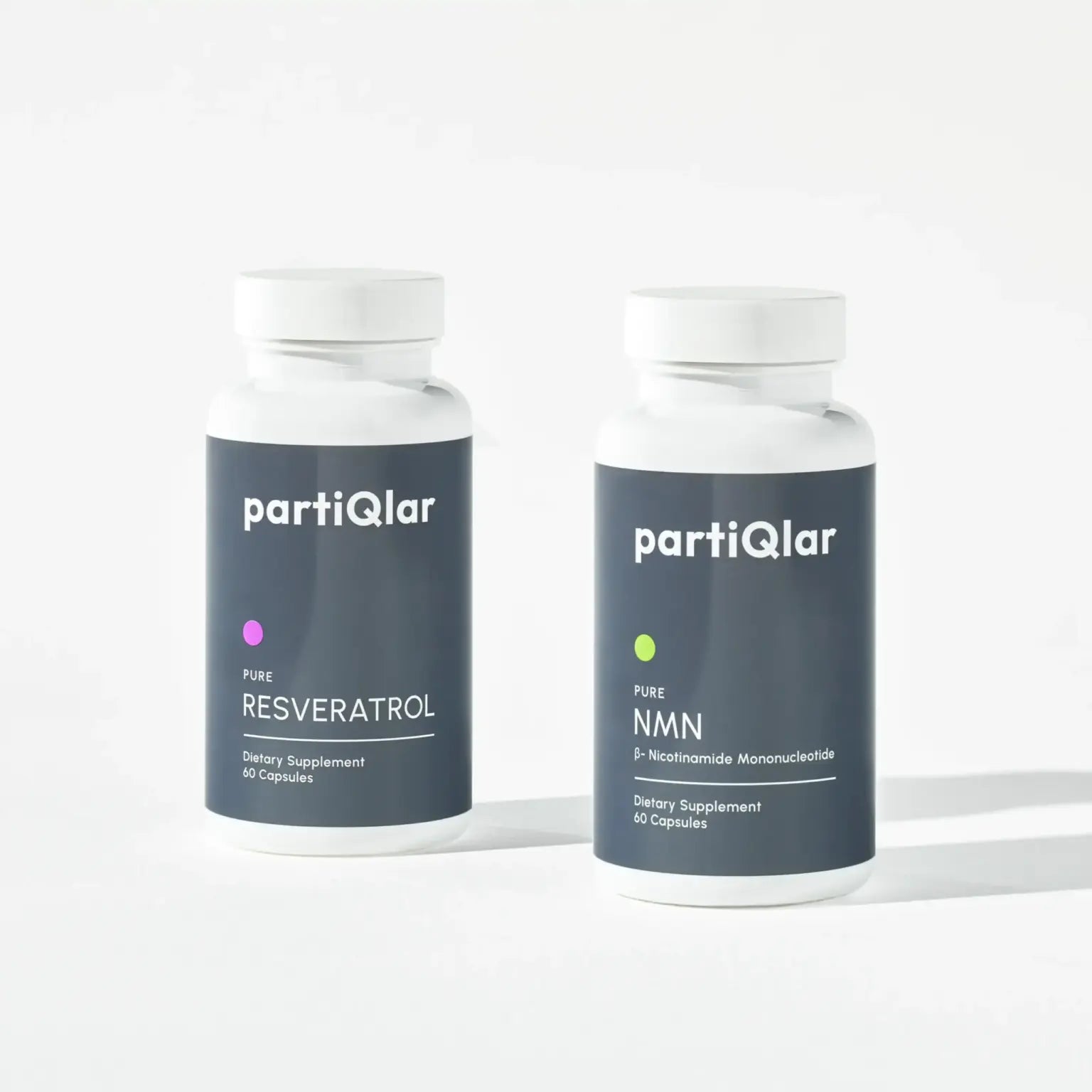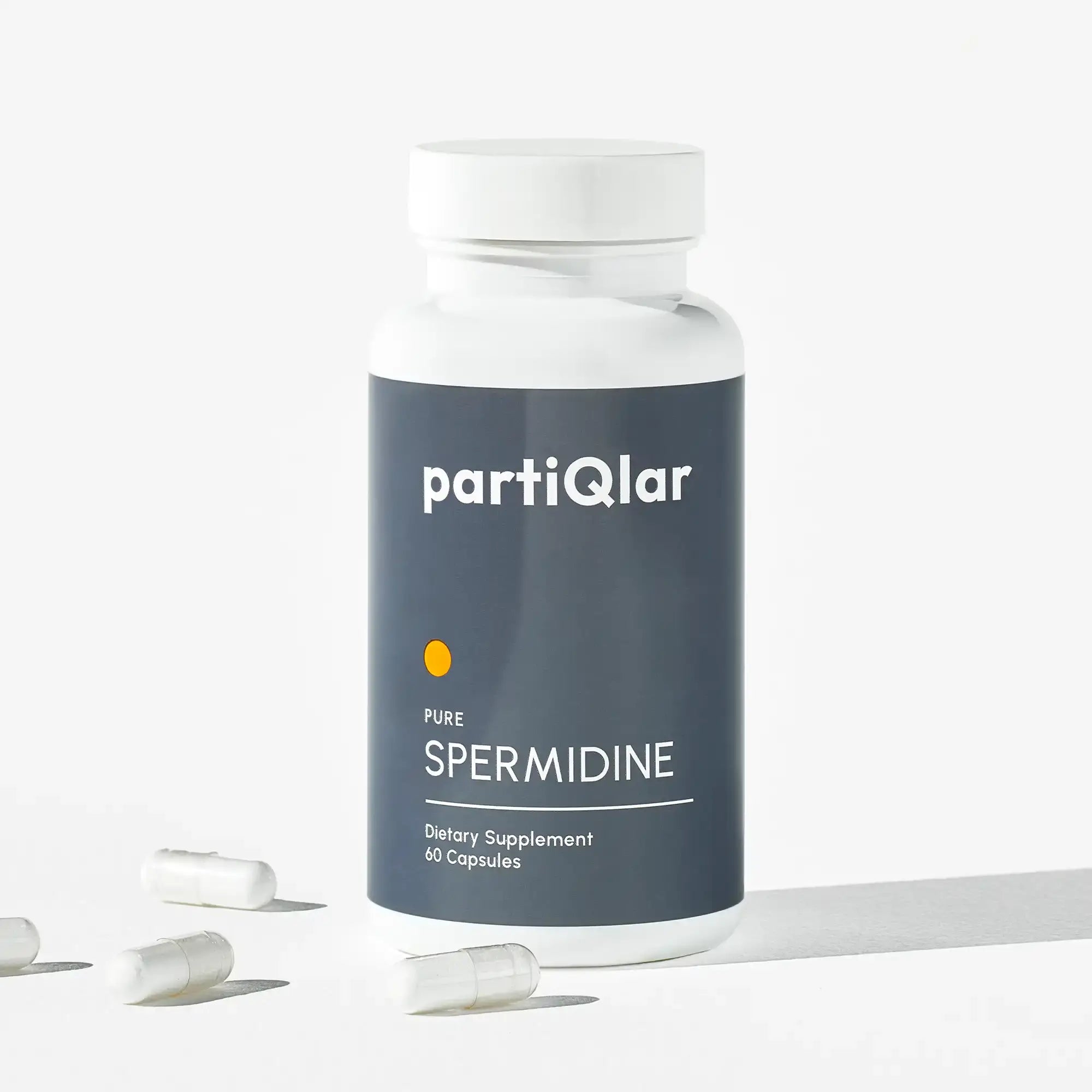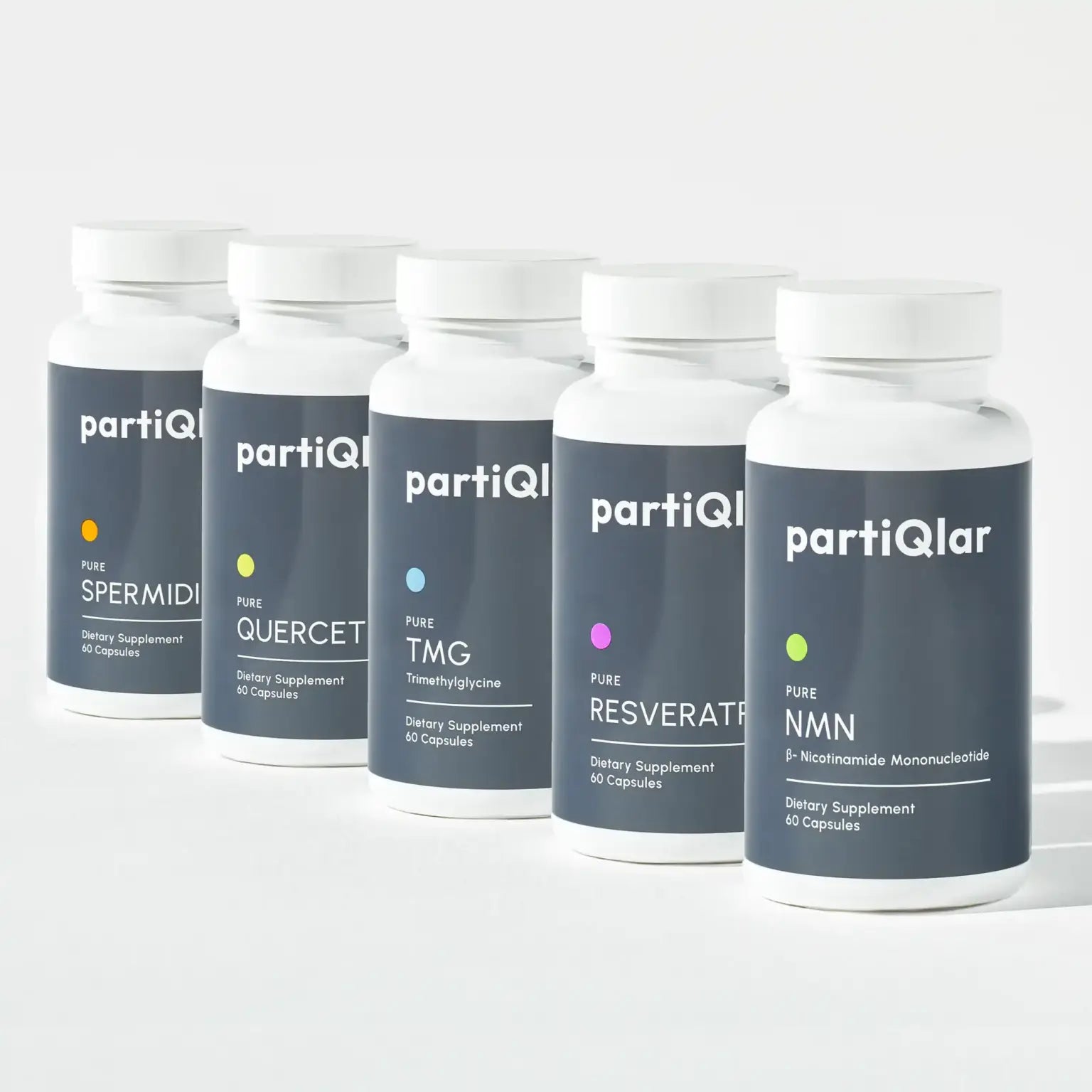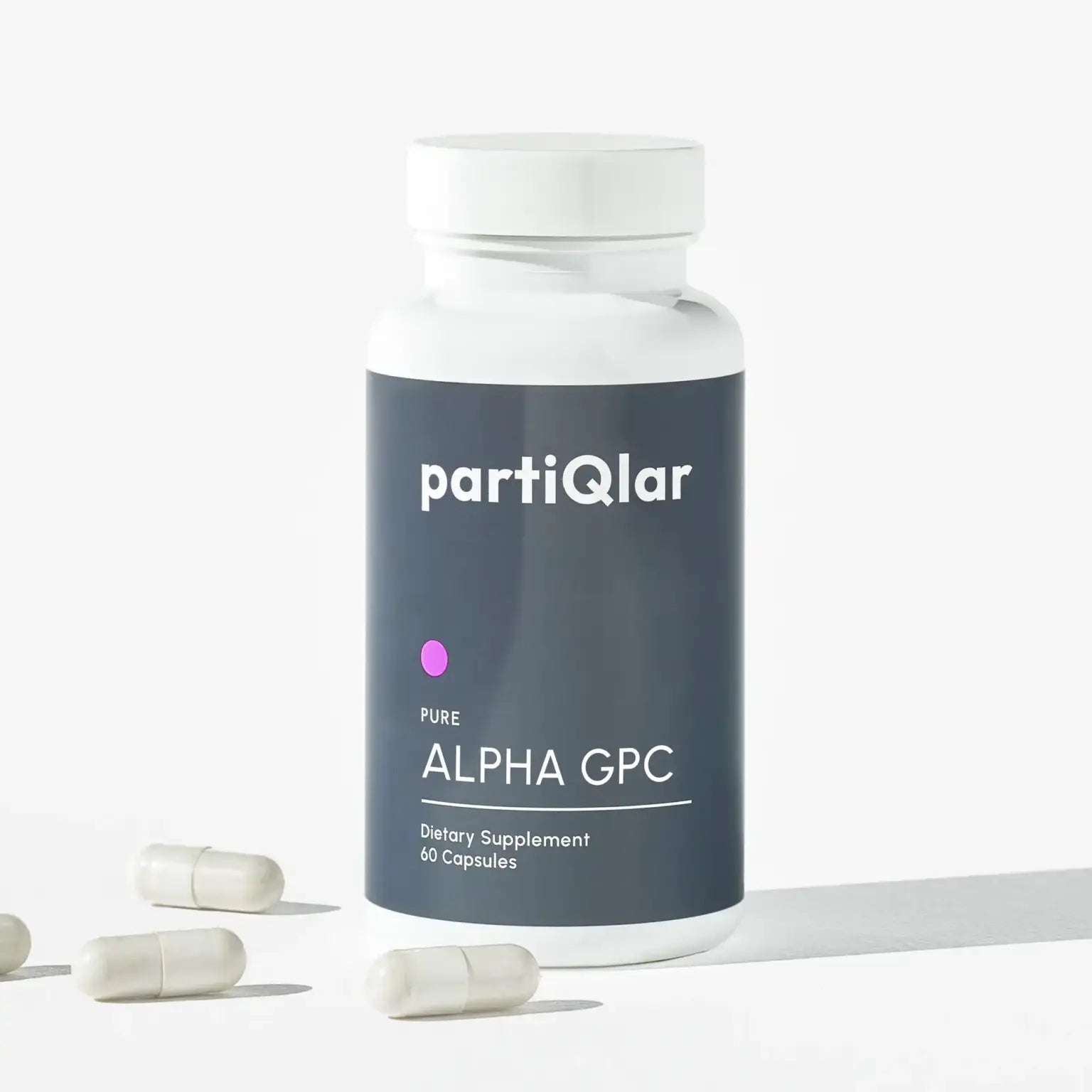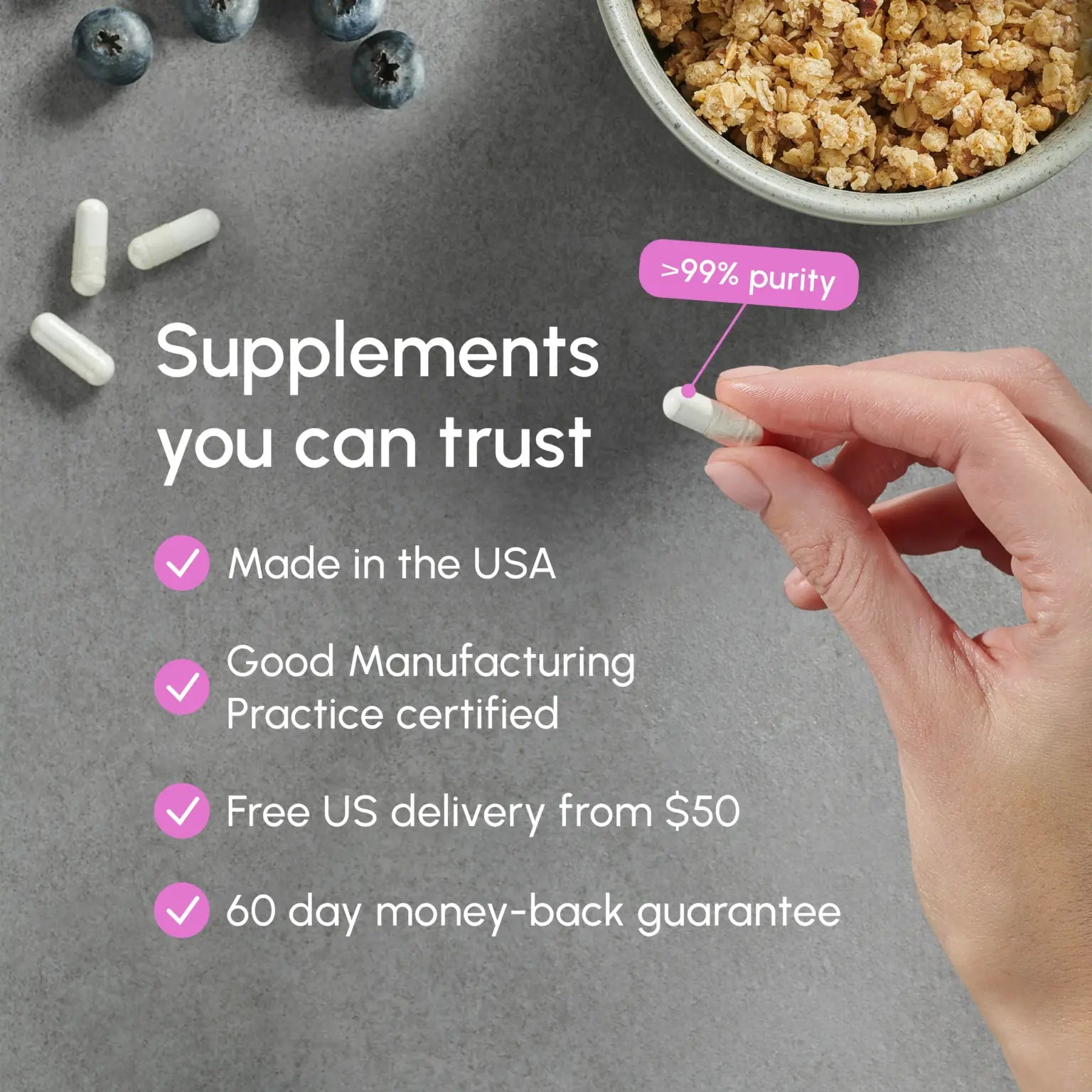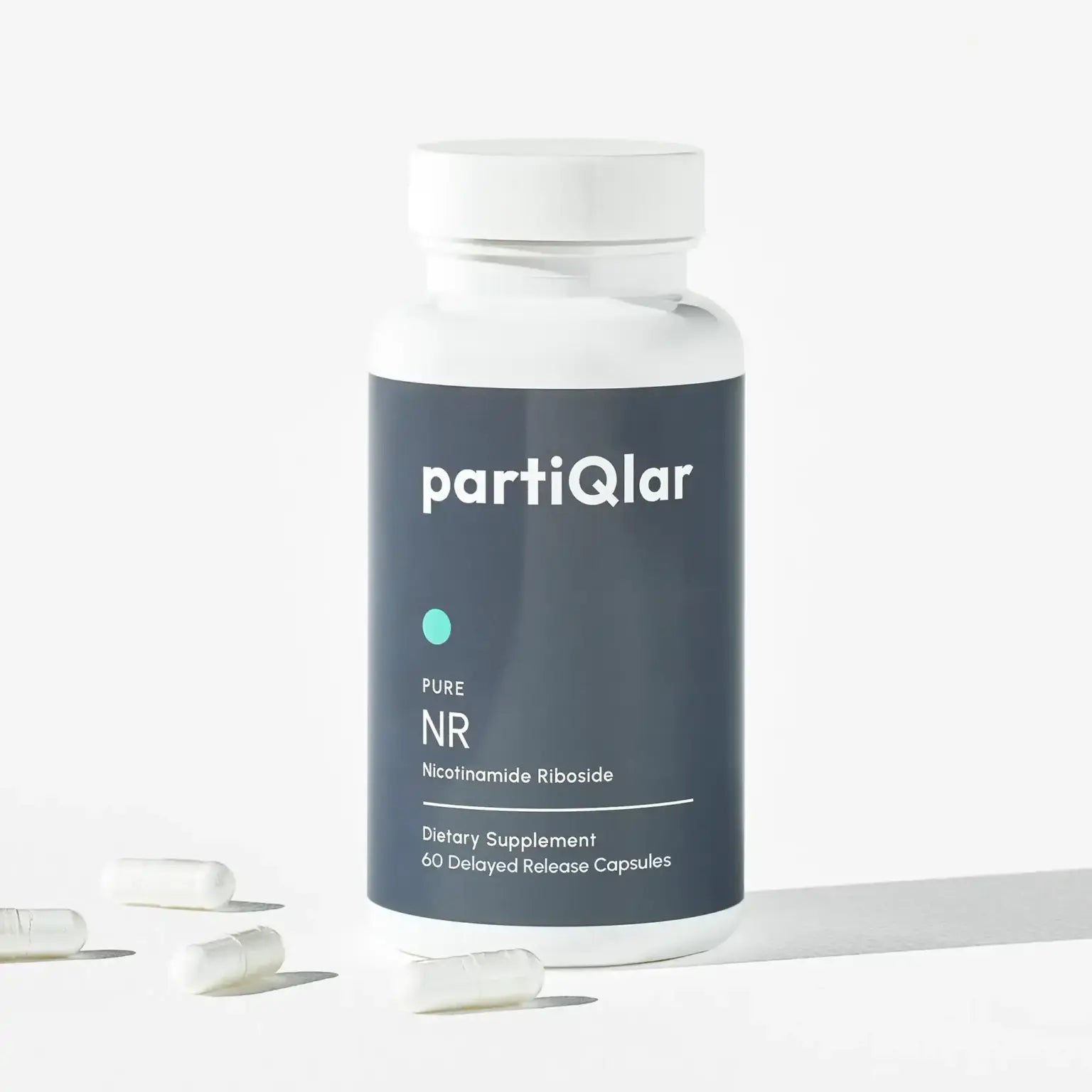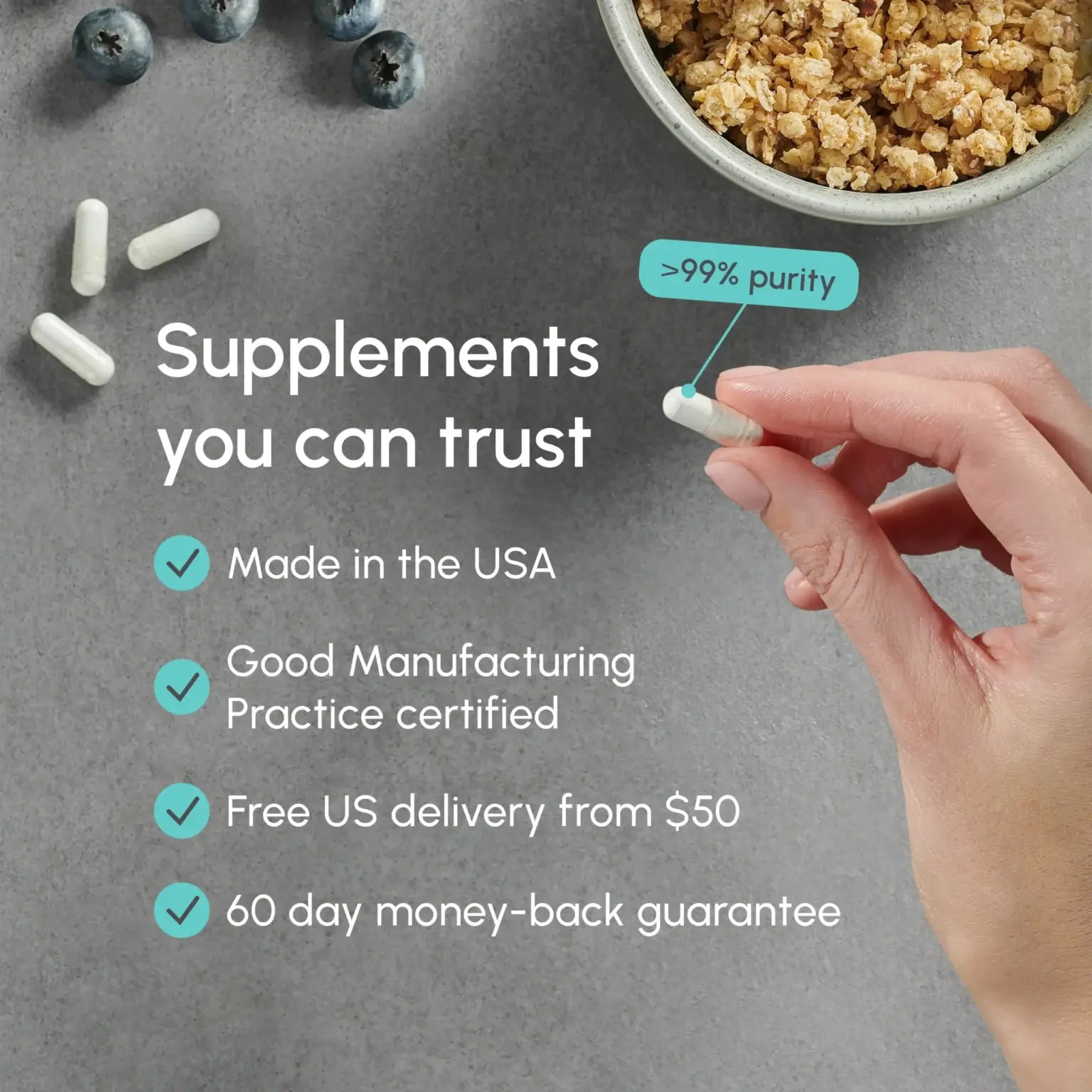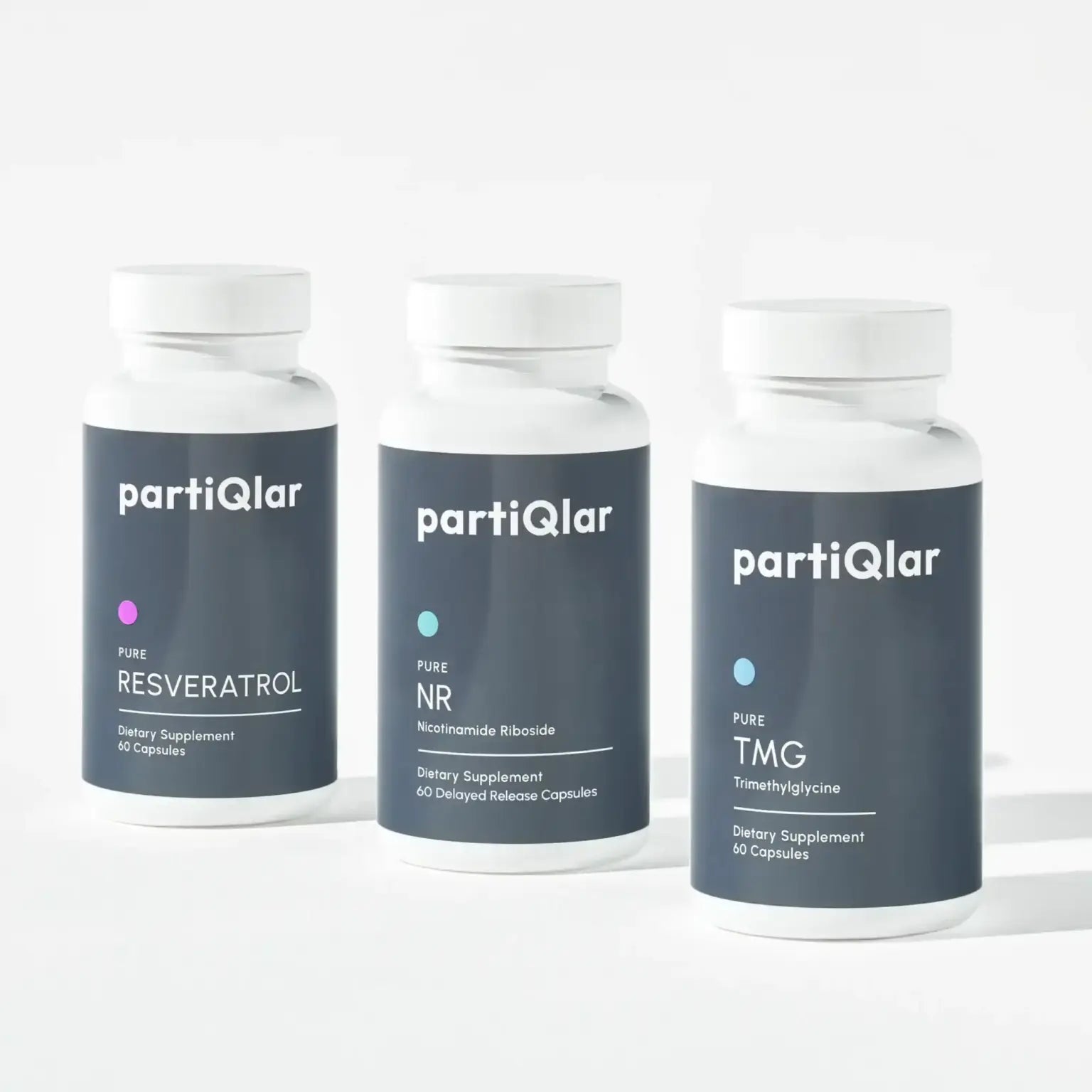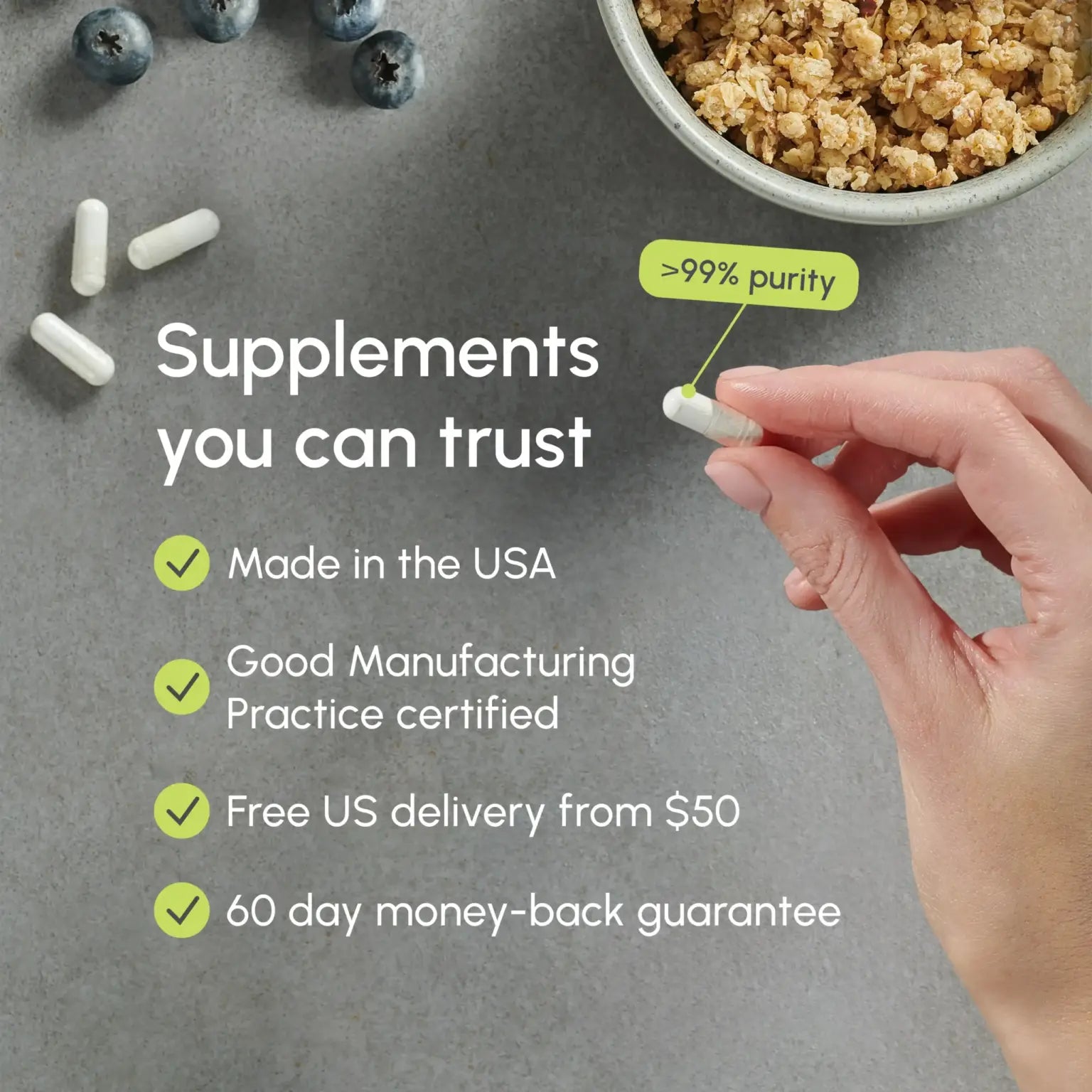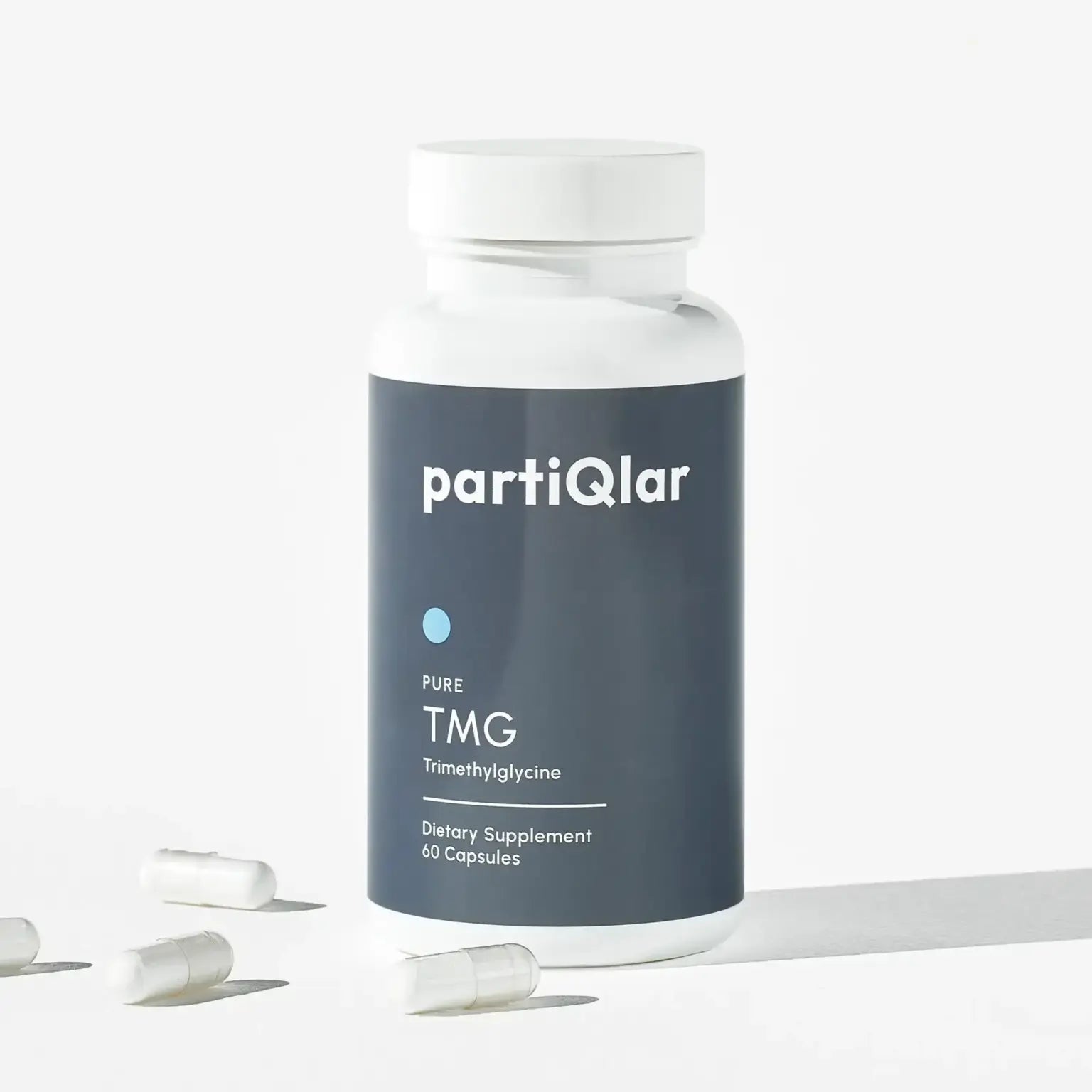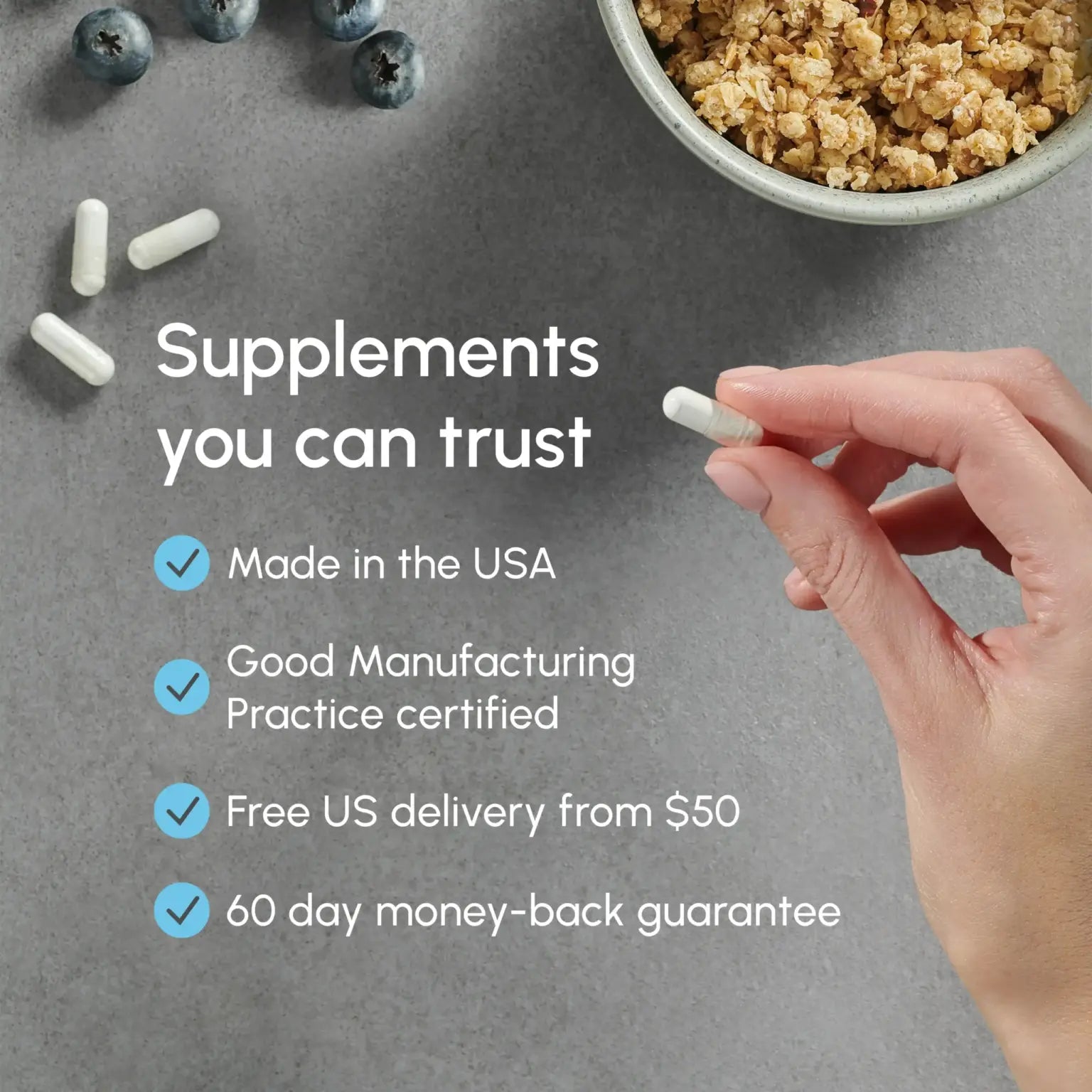SUPPLEMENT SCIENCE
Evidence-Based Supplementation
Science is at the core of everything we do at partiQlar. Our supplements are backed by research and clinical trials to ensure you get exactly what your body needs for optimal health. We go beyond simply listing ingredients—diving into their molecular foundations and how they work together to deliver real results.
This page offers an in-depth look at the science behind our ingredients, reflecting our commitment to evidence-based supplementation and your long-term well-being. From the role of Resveratrol in promoting longevity to the metabolic support offered by Berberine, explore how our supplements can elevate your health journey.
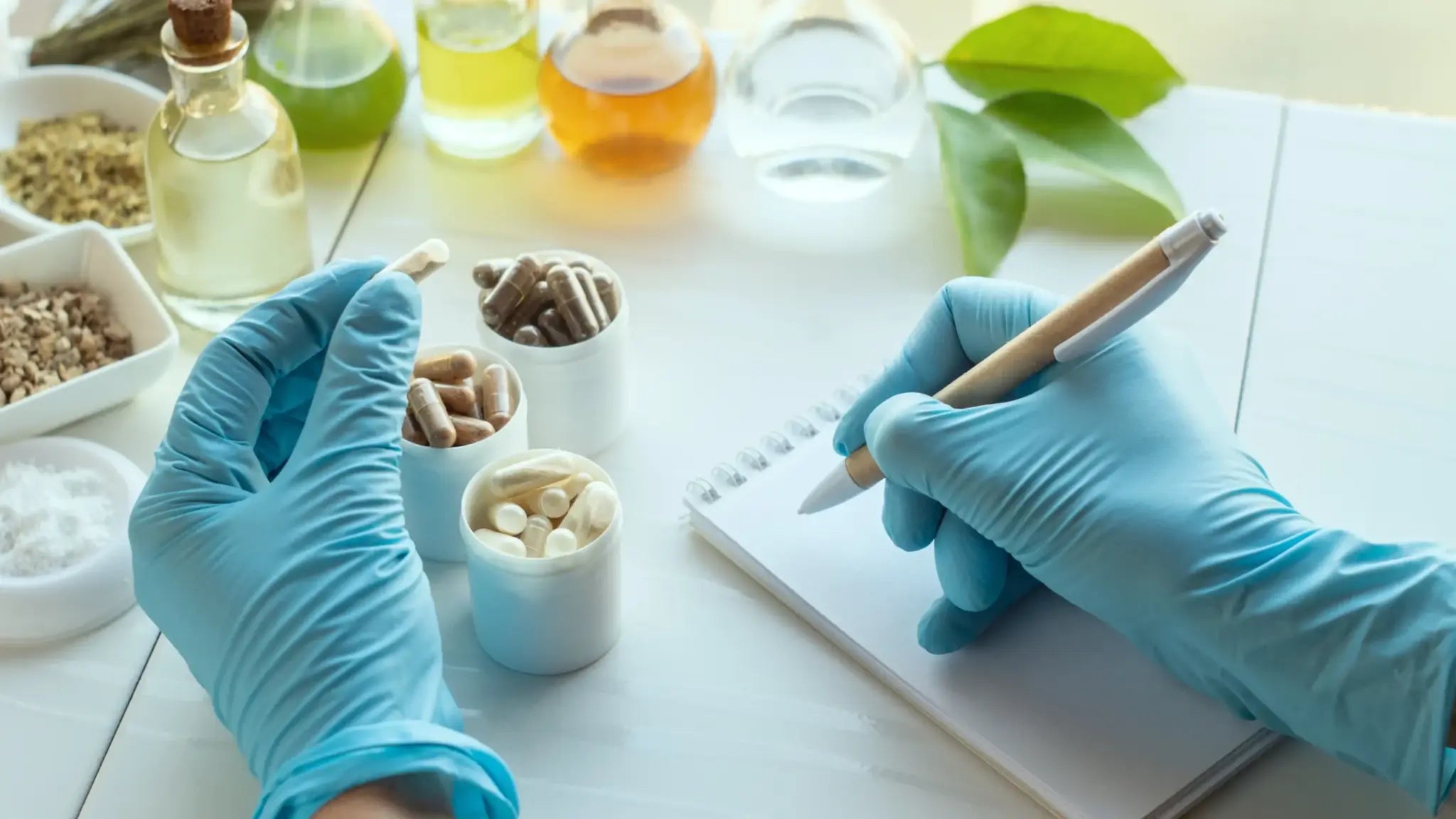
The Science of Longevity
GET IN TOUCH
Let’s Find the Right Fit Together
Your health is personal, and we’re here to help you make informed decisions about the supplements you take. If you have any questions or need guidance on choosing the right products for your specific needs, our team is available to provide expert insights.
You can also explore evidence-based information on supplements and nutrition at examine.com, a trusted resource for understanding the science behind supplements.

Start Your Longevity Routine Now!
Now that you understand the science behind our supplements, you’re empowered to take the next step in your health journey. Each supplement is backed by research and crafted to enhance your well-being—because making informed choices means investing in a healthier future.
partiQlar Supplements Are Free From
Unnecessary binders, fillers & preservatives
Trans fat & hydrogenated oils
Coatings & Shellacs
Magnesium Stearate
Genetically modified organisms (GMO)
Artificial colors, flavors & sweeteners
